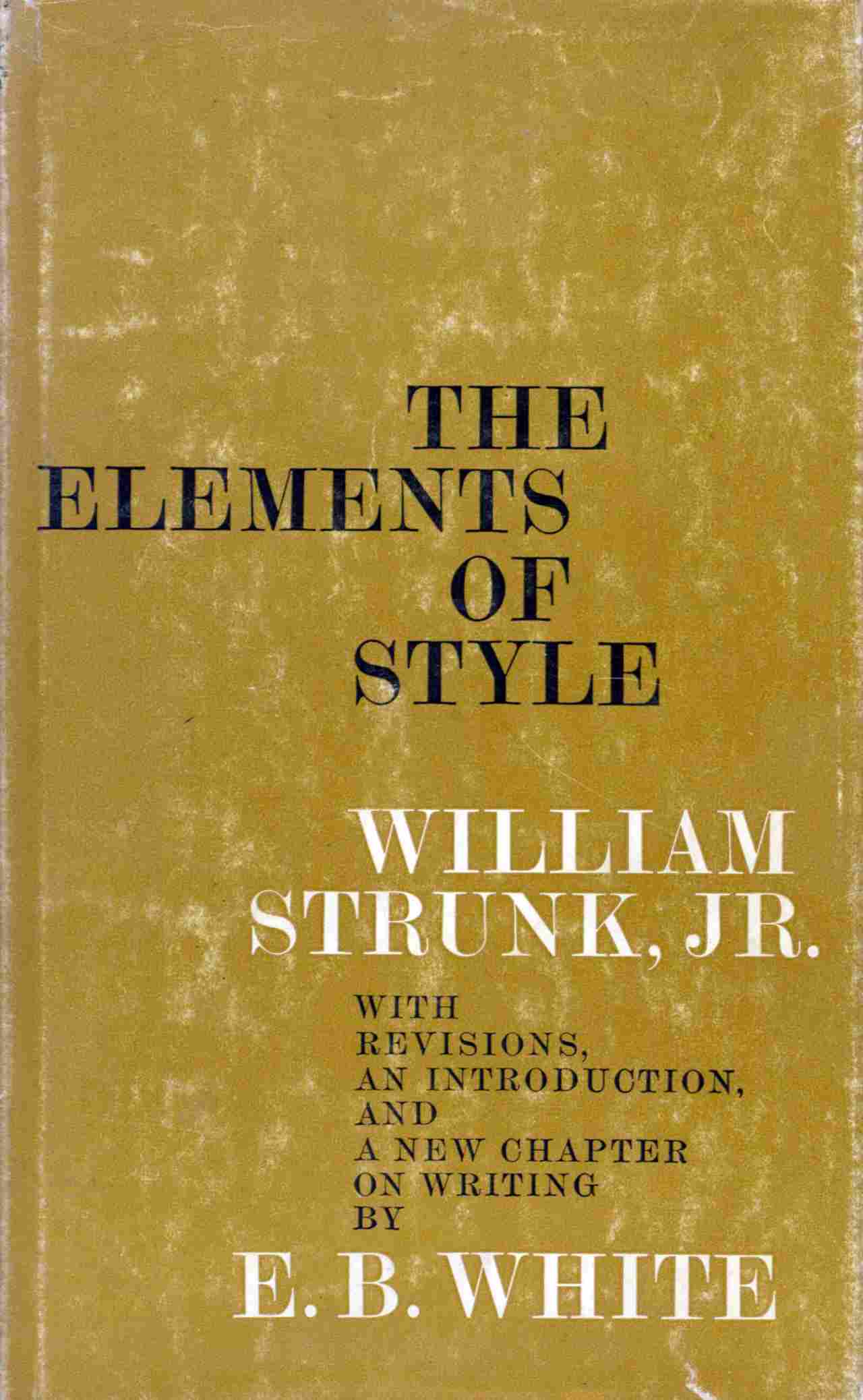The good news is that there are proven guidelines you can follow to speed up the process of producing a polished final draft. Think of it as the Elements of Style for a content marketing age—Ed.] They go on to explain: "This requires not that the writer make all his sentences short...or avoid all detail...but that every word tell." Make every word tell is as good a principle for copywriters and content marketers to follow as any I've come across. Here are three good questions to ask yourself when editing your work: Does it tell? And here's a simple, effective tip that can help you make edits: Read your content aloud. When you read your copy out loud, you can check whether it reads the way you hear it in your head. Another fatty phrase that can be reduced to one or two words: actually, or in fact. Make your content marketing work harder: Write less. In aiming for the stars—and glittering paragraphs—strive for content that is lean, vigorous, confident, concise.
“Good writing is lean and confident.” (William Zinsser, author of 19 books, including the classic On Writing Well)
If you aspire to lean and confident writing (and who wouldn’t?), then you’ll make every effort to avoid populating your prose with superfluous words. Simply put, in the most effective writing or communication, the communicator makes every word communicate. One of the finest examples of such full-on communication is Lincoln’s Gettysburg Address. In 272 masterful words, our 16th president…
- Redefines American ideals
- Repositions a bitter war
- Eulogizes the Union dead
- Dedicates a new national cemetery
As copywriters and content marketers, none of us will be called on to accomplish such lofty aims. Nevertheless, we should aim high, for that in itself has its own rewards. To quote advertising great Leo J. Burnett, “When you reach for the stars, you may not get one, but you won’t get a handful of mud either.”
For leaner, harder-working content, write less
French philosopher and mathematician Blaise Pascal memorably wrote: “I would have written a shorter letter, but I did not have the time.”
It takes time to compose clear, concise, compelling content.
The good news is that there are proven guidelines you can follow to speed up the process of producing a polished final draft. Most of those guidelines can be found in the timeless classic, The Elements of Style, by Strunk & White. (If you don’t have a copy of this 85-page gem, stop what you’re doing and order a copy right now.) [Also recommended: Ann Handley’s Everybody Writes. Think of it as the Elements of Style for a content marketing age—Ed.]
Style element No. 17, found in chapter two of Elements, “Principles of Composition,” is this: Omit needless words.
In this section, Strunk & White state: “Vigorous writing is concise. A sentence should contain no unnecessary words, a paragraph no unnecessary sentences, for the same reason that a…machine [should have] no unnecessary parts.” They go on to explain: “This requires not that the writer make all his sentences short…or avoid all detail…but that every word tell.”
Make every word tell is as good a principle for copywriters and content marketers to follow as any I’ve come across. Because if we consistently make every word tell, our copy can’t help but have less flab and gab and more muscle and hustle—which means more views, more reads, more shares, and, most important, more sales.
Removing flab from your content requires effective, dispassionate editing; and by dispassionate I mean downright coldhearted about what to leave in and what to leave out. (In more than one instance, the editor in me has killed a turn of phrase that the writer in me considered quite clever.)
Here are three good questions to ask yourself when editing your work:
- Does it tell?
- Does it serve the content?
- Does it serve the reader?
And here’s a simple, effective tip that can help you make edits: Read your content aloud.
When you read your copy out loud, you can check whether it reads the way you hear it in your head. And whenever your words don’t “flow trippingly off the tongue,” you have editing to do. Because if the words don’t flow smoothly for you—and you wrote them—your readers will have even more trouble with them. (After more rounds of editing than I’d care to admit, I just took my own advice. And in doing so, I made an…

COMMENTS